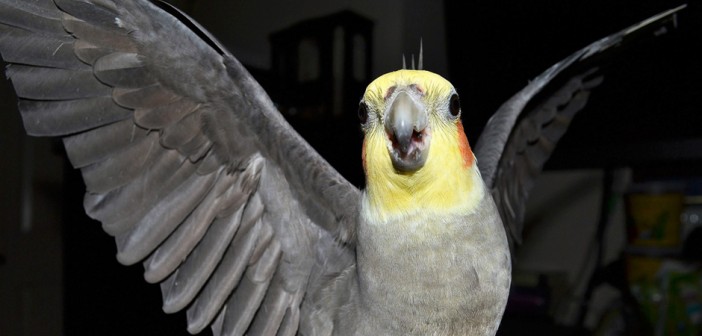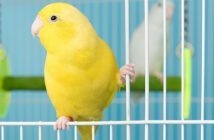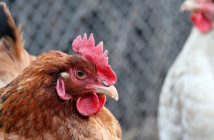Cockatiels are one of the most popular breed of pet parrots. Between the various lovely color schemes, their ability to speak and whistle, their friendliness, and their typical longevity, it is easy to see why so many opt to adopt them.
ca·pri·cious
k??priSH?s,k??pr?SH?s/
adjective
given to sudden and unaccountable changes of mood or behavior; FICKLE
Native to Australia, the cockatiel typically lives between 15 and 20 years, although they have been known to live as long as 30 years, and grow to between 12 and 14 inches in length. The usual coloring of the wild variety is a grey body with yellow coloring on the face and crest, and a patch of orange on the cheek. Other color mutations include albino, lutino (all-white bird with yellow face and crest, and bright red cheek patch), pied (a mutation resulting in more yellow or green colored feathers), pearl, cinnamon, and whitefaced.
As with most birds, the males’ coloring tends to be brighter than the females in adulthood, their coloring differences are more subtle in their youth, making it more difficult to establish the sex of the bird. Interestingly, their crests hold the key to determining their mood; if the crest is erect, the bird is excited or startled, oblique when in a relaxed state, flattened and close to the head when angry or threatened, and flat but protruding in the back when trying to appear flirtatious.
The cockatiel diet should consist of a variety of foods, though the foundation should be pellets. Some bird seed is all right for the birds, but the seeds contain a lot more fat, and should be limited to no more than 30% of the diet. Fresh vegetables are also integral to the diet, but may require more work to get the birds to eat, since the birds are skittish about trying new foods. They also need some protein, but in moderation.
Because these birds are playful and active, a cockatiel’s cage should measure about 20 inches by 20 inches and at least 26 inches in height to allow the bird plenty of room to climb and fly. The cage’s bottom should be cleaned out daily, and the bird should be provided fresh water at all times.
The cage should also be placed in a quiet environment with some dim lighting. Total darkness can cause the bird to suffer night frights, where the bird is intimidated to the point of thrashing around in its cage. Of course, this is very dangerous for the bird, so a night light placed nearby can prevent this. You may also consider purchasing a smaller cage for sleeping. The cage should also include natural food-finding toys, and some perches.
When choosing a cockatiel to add to your family, you’ll want to consider these factors. Ideally, you would buy from a skilled breeder with knowledge of the bird’s background, as opposed to a pet store. You will likely want to choose a hand-fed baby or young bird used to handling. Look for the bird to appear more alert and bright-feathered, as a bird that appears more diffident is likely sick.
While you can buy two birds together, they will likely get along with each other very well, but not be quite as social with you. Buying one bird alone and showing it a lot of attention and affection early on leads to a friendly and sociable bird. Males, in addition to being more vibrantly colored, are generally more friendly and vocal than the females. Finally, if you already have a cat or dog as a pet, a bird is a risky addition, especially if you plan on letting the bird fly freely in the house at any time.
Cockatiels are justifiably popular pets, and may make a great addition to your family. With the proper care and attention, this bird may live with you for many years to come.




